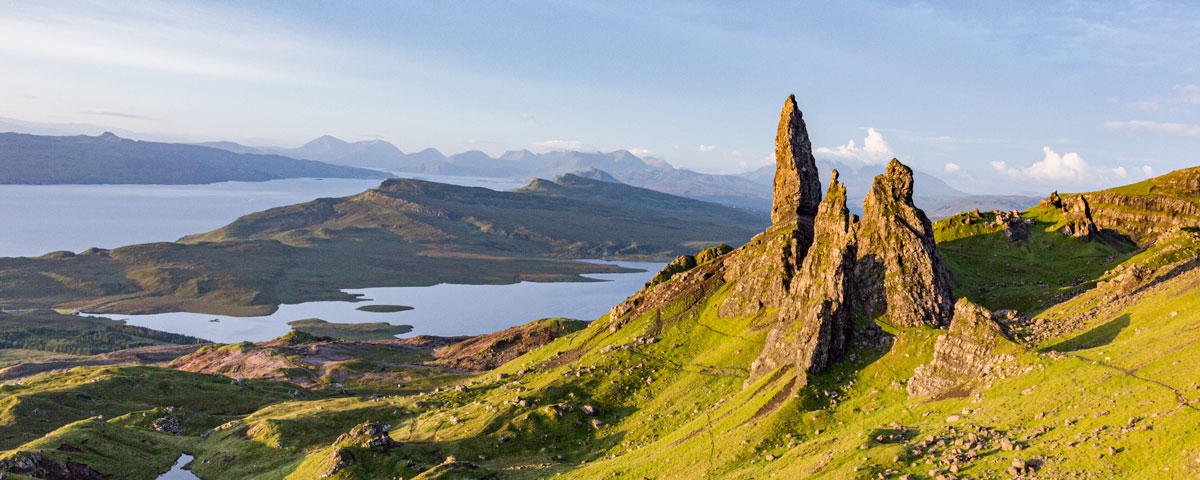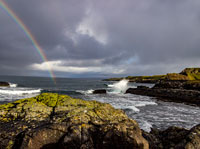
The Isle of Skye has an oceanic climate with relatively cool seasons and an annual average rainfall of just below 1050mm. Humidity is around 80% and the UV-index is 3. The Gulf stream brings warm water from the Gulf of Mexico to the north west of the UK and keeps temperatures relatively mild on Skye in comparison to areas of the world on the same latitude. This “mild” climate with its narrow variance in temperature means that Skye’s seasons tend to be somewhat indistinct. The propensity for rain and sun all at the same time gives rise to some amazing rainbows at any time of the year.
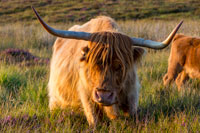
Throughout the coastal fringes of the North West Highlands and Islands, the traditional system of micro-scale farming continues today in modern crofts. There are around 2,000 working crofts on Skye with an average croft size of between 2 and 15 acres. Many still retain common grazing rights and it is quite usual to see domestic animals freely roaming the hills and roads.
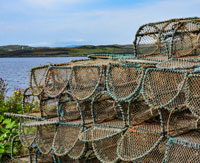
There is nowhere on Skye that is more than five miles from the sea and, since early man, people have harvested the produce of salt and fresh water on the Island’s shores and banks to sustain a modest living.
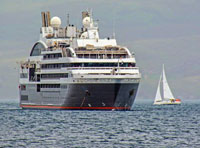
The Isle of Skye is one of Scotland’s most popular tourist destinations. Covering 1,656 km2, the Island greets over 650,000 visitors a year, generating £260m to the local economy and tourism related businesses employ approximately a quarter of the local population of around 13,000. Visitors come to Skye year-round and the tourism industries dominates island life.
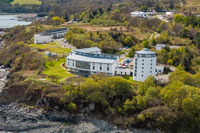
The language of the Gaels
Despite centuries of persecution and diminution, Gaelic culture dominates the iconic and unique heritage of Scotland. As well as the traditional dancing, music and folklore, the Gaels brought whisky, bagpipes, kilts and tartan as well as an inimitable way of life.
Scottish Gaelic is one of six Celtic languages still spoken in the UK today. The others being Irish, Welsh, Breton, Cornish, and Manx.
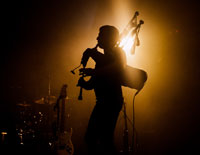
There is a flourishing cultural arts scene on Skye which is widely recognised at national and international levels. The music, vocal traditions and the unique way in which we celebrate, form the foundations of the identity of the Gàidhealtachd. Highland traditional instruments include the pipes, fiddle, whistle, accordion, drums and clarsach, while Gaelic song, storytelling and step dancing are enjoying a limelight revival. Our social events continue to showcase a rich, inclusive local culture while providing opportunities for people to gather together in celebration, often with music, narration, dance, song, drink and food.
